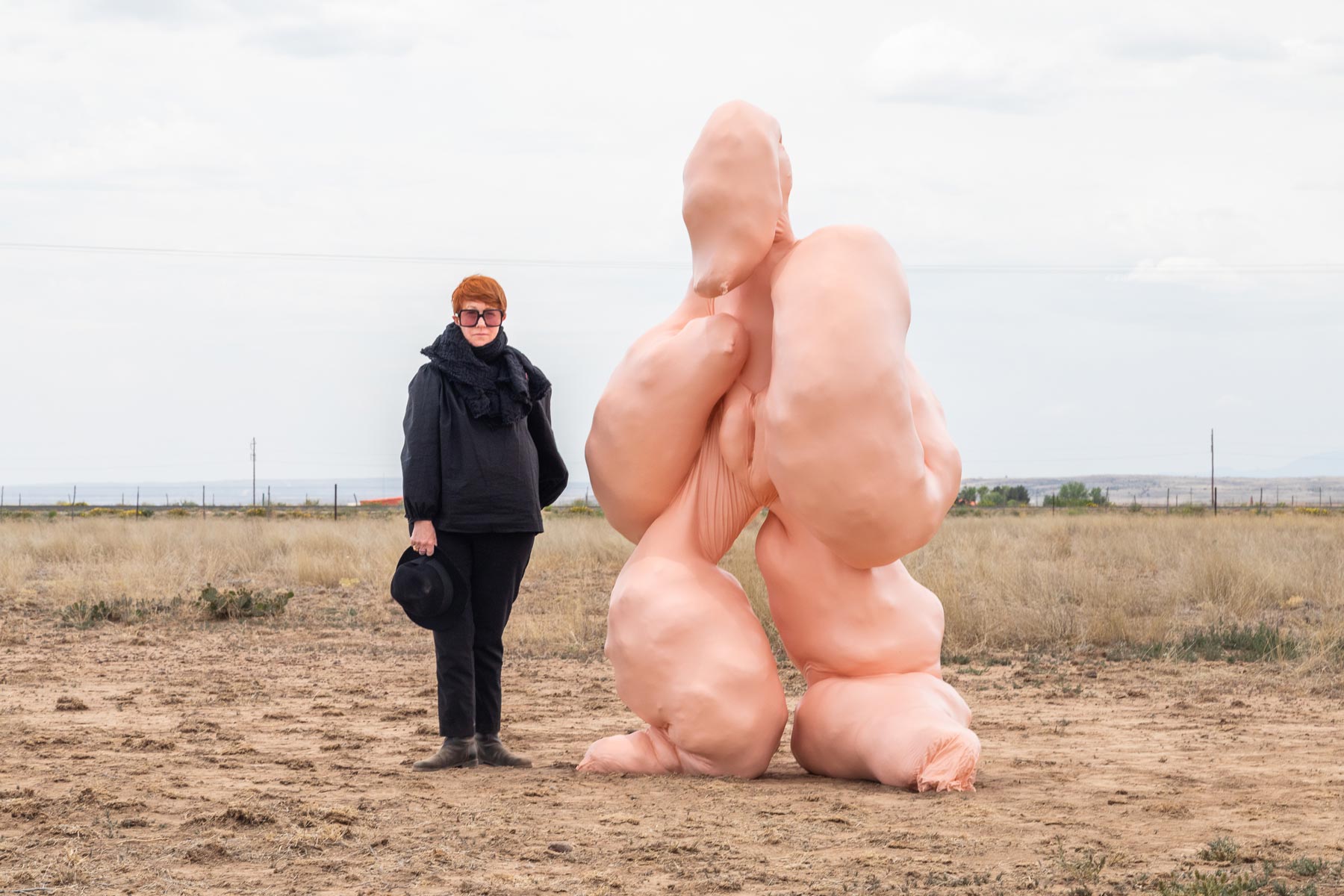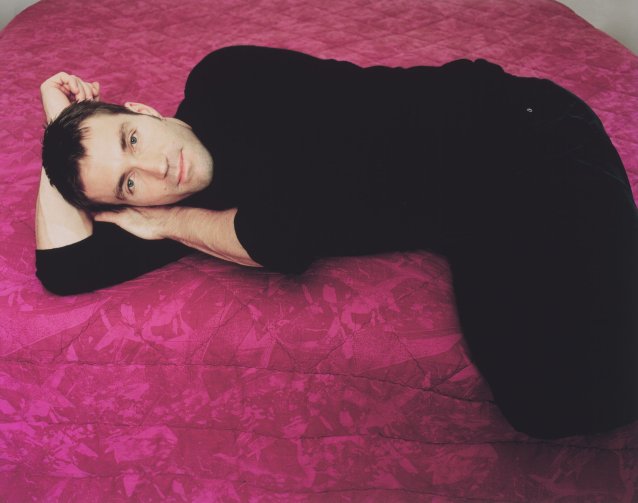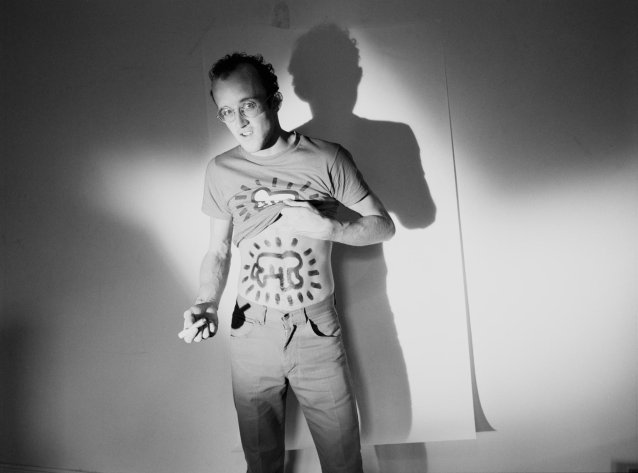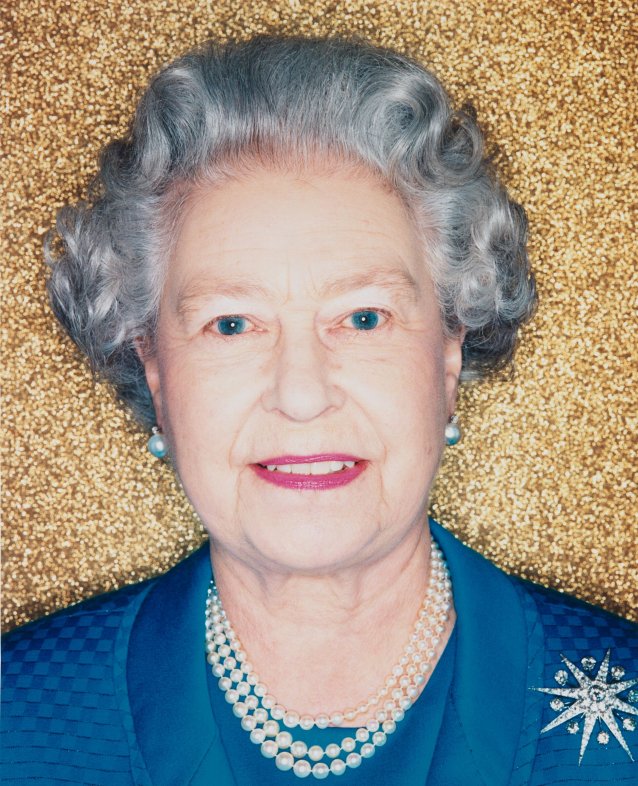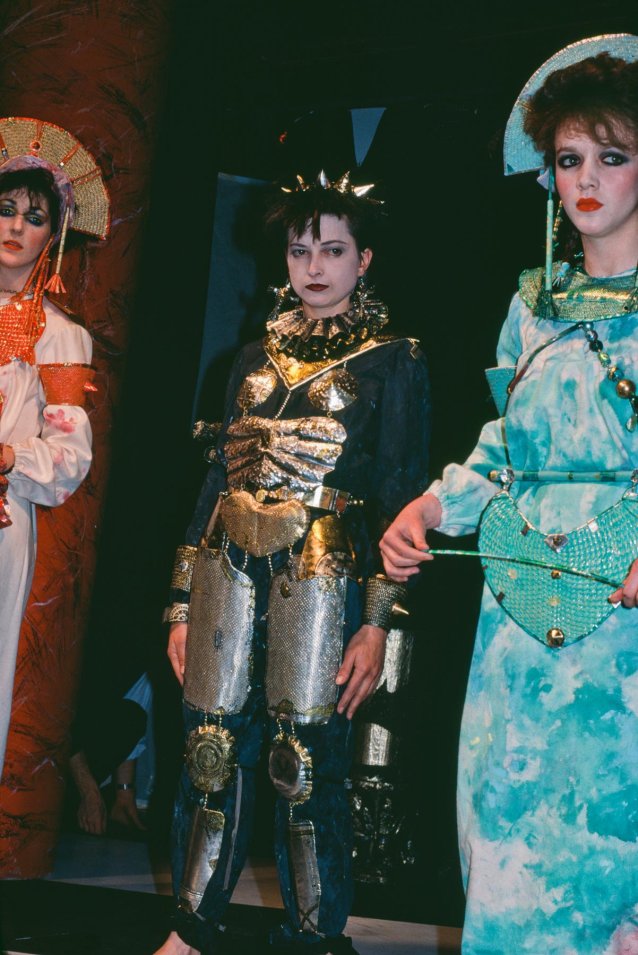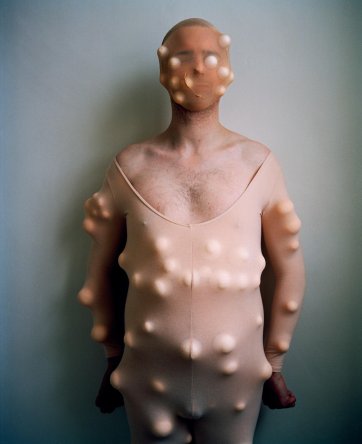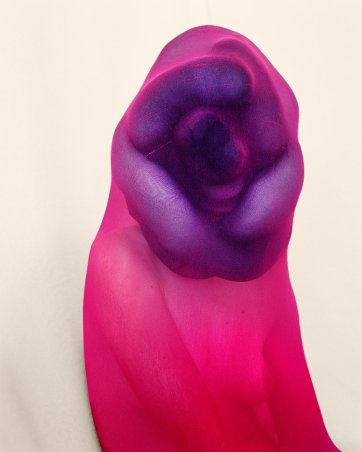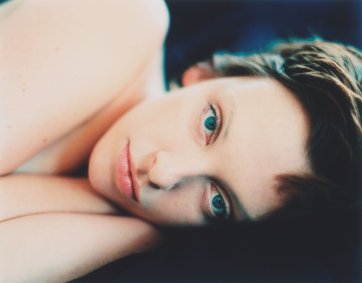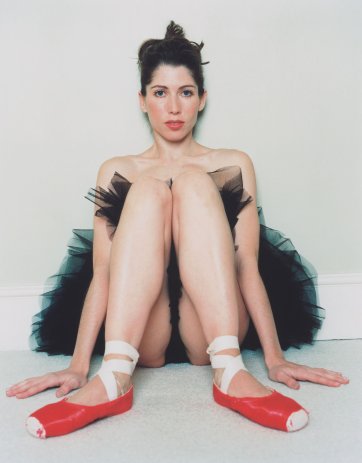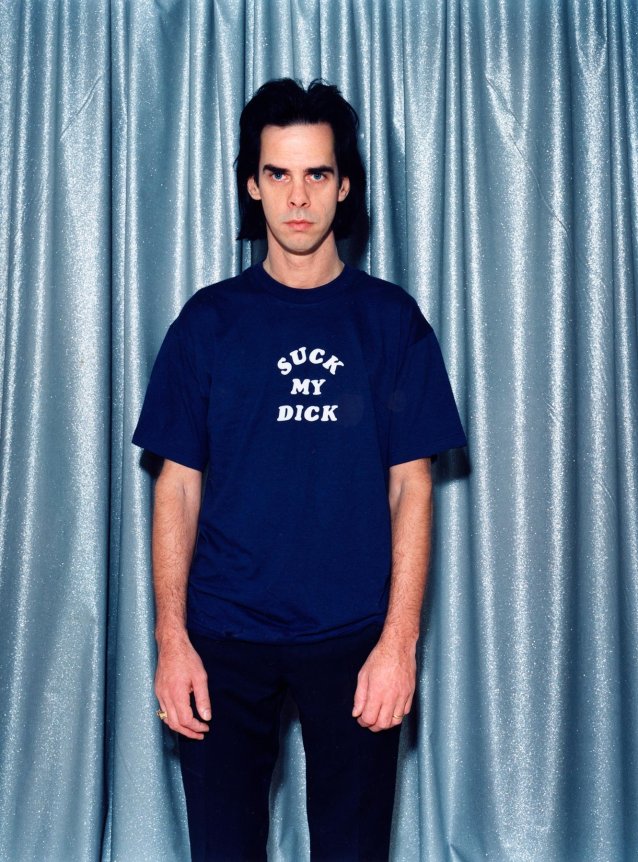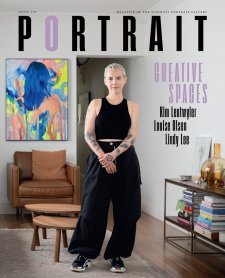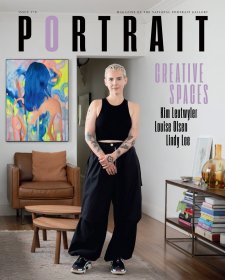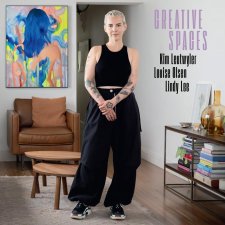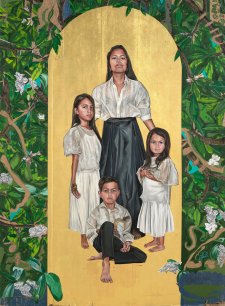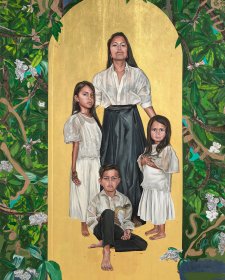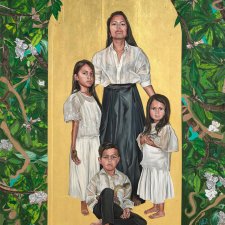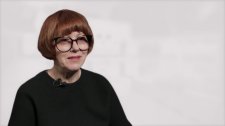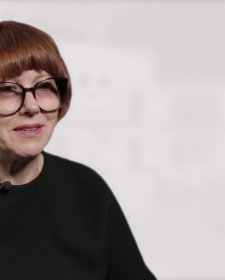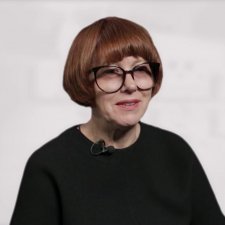Borland began working as a freelance photographer immediately after she graduated, even though she had no professional experience. ‘I didn’t know much about lighting or anything technical,’ Borland admits. ‘I learnt on the job.’ One of the first editors to commission her was Ashley Crawford, who founded the buzzy art magazine Tension, which was published bimonthly from 1983 to 1990. For Tension, Borland took portraits of Australian artists such as Howard Arkley, Vivienne Shark Lewitt and Jenny Watson. She also photographed Keith Haring, the American pop artist whose unique visual language drew attention to social and political issues, when he was brought to Australia in 1984 by the Australian Centre of Contemporary Art.
In Melbourne, Borland also had a brief flirtation with fashion photography. She had become close friends with the fashion designers Martin Grant and Fiona Scanlan, who she had a few successful shoots with. ‘But when it wasn’t with my friends, I couldn’t make it work,’ says Borland. Her failure to make it as a fashion photographer fuelled a growing frustration she felt at the time, even though she was by then taking portraits for the country’s top magazines, including Vogue Australia. ‘I felt like I had to get out. At the time we were all looking to England,’ she says. ‘The magazines I loved were The Face, ID, Blitz – they were really incredible.’ So Borland was thrilled when her then-boyfriend, now husband, John Hillcoat, was invited to screen his directorial debut Ghosts … of the Civil Dead at the London Film Festival in 1989. ‘We flew to London and never came back,’ she says. Their first few years in the UK weren’t easy. Borland struggled to get work and took a waitressing job to pay the bills. ‘It took three years, but eventually portrait work came in,’ says Borland. When it did, it came in droves. She was soon jetting around the world to photograph celebrities, tycoons and world leaders, including a pre-presidential Trump in his penthouse in New York (‘he was manipulative’) and Silvio Berlusconi at the Chigi Palace in Rome (‘intimidating’).
